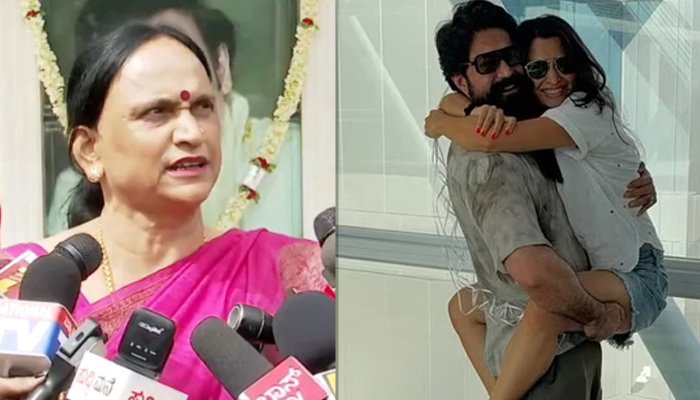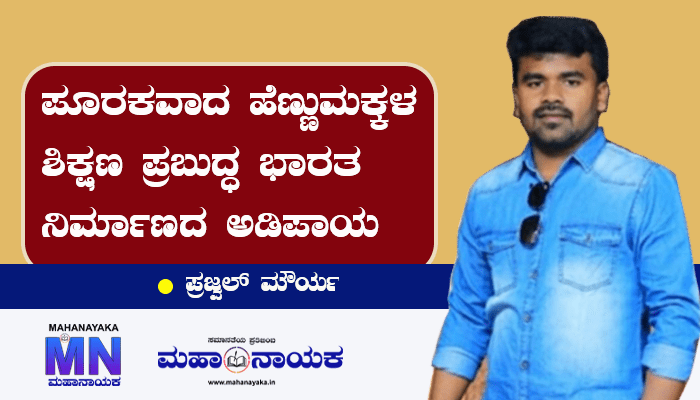The Indian Caste System: A Historical Overview and Contemporary Reckoning

The Indian caste system, deeply ingrained in the country’s history and social fabric, has been a subject of both fascination and controversy. Spanning thousands of years, the caste system has evolved, leaving an indelible mark on India’s society. This article aims to provide a comprehensive overview of the Indian caste system, its historical origins, the impact of social reform movements, and the challenges it poses in contemporary times.
Historical Origins:
The roots of the Indian caste system can be traced back to ancient scriptures, particularly the Rig Veda, one of the oldest sacred texts. The system was originally conceived as a form of social organization, with individuals classified into four varnas based on their occupations:
Brahmins (Priests and Scholars): Responsible for religious rituals and intellectual pursuits.
Kshatriyas (Warriors and Rulers): Tasked with protecting and governing the land.
Vaishyas (Merchants and Farmers): Engaged in agriculture, trade, and commerce.
Shudras (Laborers and Servants): Provided support services to the other varnas.
Over time, this four-fold varna system expanded into numerous jatis or sub-castes, creating a complex hierarchy.
Social Reform Movements:
The caste system became more rigid over the centuries, resulting in discrimination, social inequality, and the denial of basic human rights to certain castes, especially the Dalits (formerly known as untouchables). The 19th and 20th centuries witnessed significant social reform movements aimed at challenging the caste-based discrimination:
Bhakti Movement: Prominent saints like Kabir and Ravidas emphasized equality and rejected caste distinctions, advocating for devotion to a single divine entity.
Dalit Movements: Leaders like B.R. Ambedkar, a Dalit himself and the architect of the Indian Constitution, fought against untouchability and sought to uplift the marginalized communities through education and political representation.
Social Reformers: Figures like Raja Ram Mohan Roy and Jyotirao Phule worked towards eradicating social evils, including caste-based discrimination, and promoting education for all.
Contemporary Challenges:
While significant progress has been made, challenges persist in contemporary India:
Untouchability and Discrimination: Despite legal prohibitions, instances of untouchability and discrimination against Dalits continue to be reported.
Reservation Policies: Affirmative action policies, including reservations in education and employment, have been implemented to address historical injustices. However, debates about their effectiveness and unintended consequences persist.
Social Stigma: Caste identities often intersect with issues of economic disparity, perpetuating social stigma and limiting opportunities for certain communities.
Political Representation: While strides have been made in political representation for marginalized communities, achieving true representation and influence remains a work in progress.
The Indian caste system, with its complex historical roots, has undergone transformations and challenges over the years. Social reform movements and constitutional provisions have aimed to address the inequities inherent in the system. However, building a truly egalitarian society requires ongoing efforts, education, and a collective commitment to dismantling the remnants of caste-based discrimination. As India strides into the future, the conversation around caste should continue, fostering inclusivity and equality for all its citizens.




























